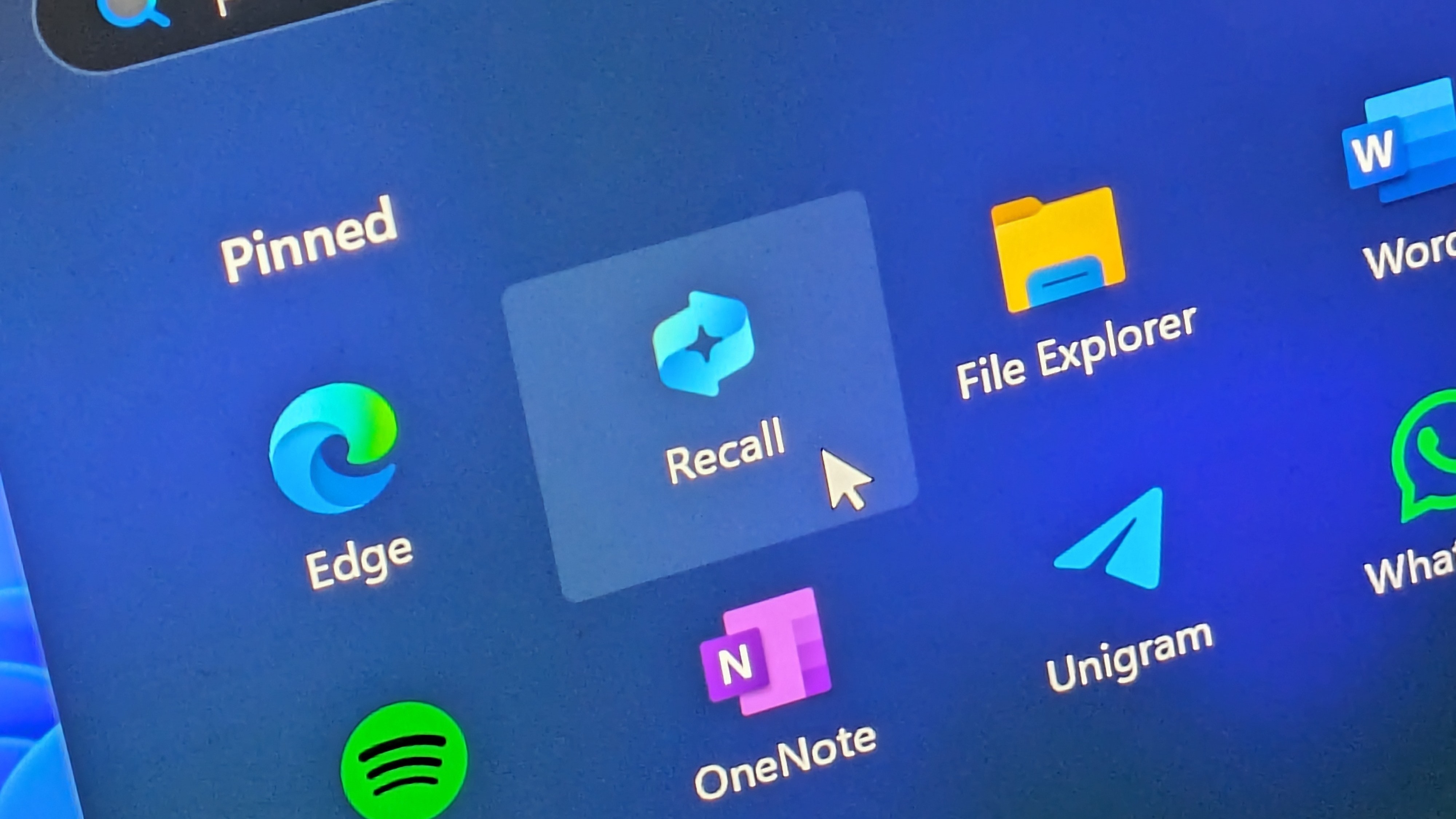Windows Vista: 5 things you might not know about Microsoft's messiest OS release
Windows Vista was Microsoft's messiest OS. Here's 5 reasons why that turned out to be.
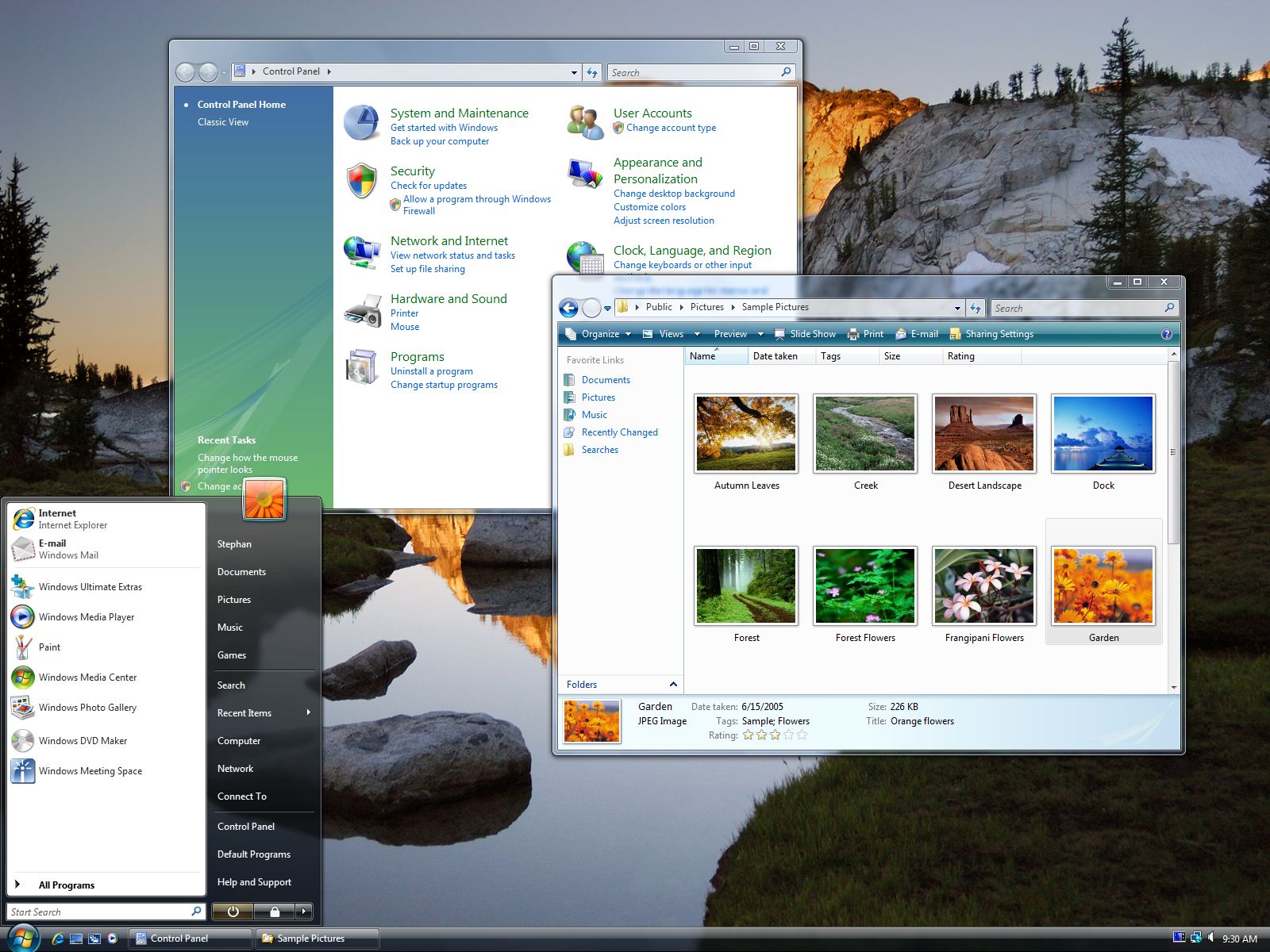
It's Windows Vista's birthday! Windows Vista was officially released on January 30, 2007, according to Microsoft. It is known as Microsoft's messiest OS release ever. It took a long time to develop, it was buggy at launch, required users to upgrade their hardware to experience the best new features, and was super expensive. If that isn't enough already, here are a few reasons why Windows Vista failed.
Development Reset
Windows Vista is the only version of Windows in history to have its development reset mid-cycle due to the OS being off course and way behind schedule. Originally codenamed Longhorn, Microsoft began development on Windows Vista in 2001, shortly before the launch of Windows XP. It had forecasted its launch for sometime in 2003, but over time it became increasingly obvious that that deadline was never going to be met. Microsoft added too many new features and technologies into the OS that it had become a total mess.
There was nothing Microsoft could do to fix the problem in a timely manner, so in 2004 it made the decision to reset development, scrapping a lot of the new code it had been working on in favor of a clean slate. It would be years before Microsoft finally shipped Windows Vista, three years overdue. The development reset helped, however, as it got Microsoft back on track and focused on what was most important for this release.
User Account Control
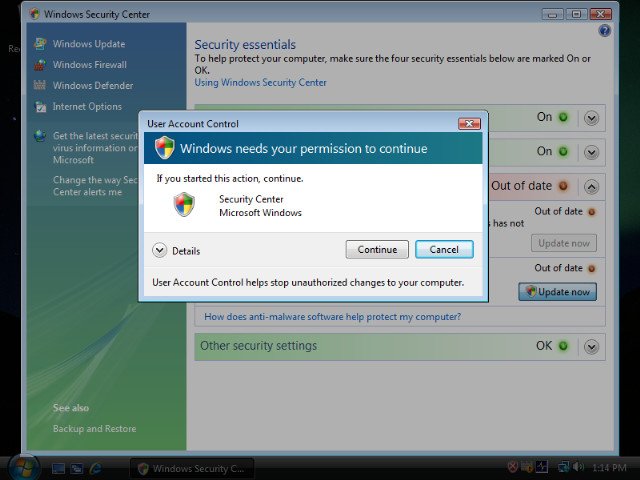
One of the reasons many people disliked Windows Vista was because of Microsoft's new account control that was supposed to help keep you secure. It was a prompt that popped up whenever you wanted to run a program or open a file. It generated too many popups too often, however, and became more of a pain for users than helpful. While it did keep Vista secure, it was more of an annoyance than anything.
Microsoft later improved User Account Control in Windows 7, dialing it back a bit so that it wasn't as in your face as it was in Vista. User Account Control is actually still in use in Windows today; you can even find it in Windows 10. It's still a feature that keeps rogue programs from running in the background without your permission, keeping you safe from malware and viruses.
Hardware Requirements
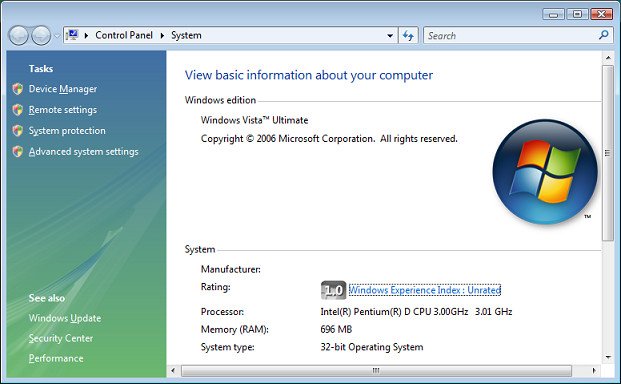
One of the biggest problems with Windows Vista was its demanding specifications. At the time, Windows Vista was a bit too new and heavy for a lot of the PCs on the market at the time, which means the OS felt slow and cumbersome on some older Windows XP based machines. Windows Vista was a necessary step in upping hardware requirements, however, otherwise the OS would not be able to progress and improve.
Still, that didn't stop users from complaining. Vista relied heavily on new hardware that was up to scratch, but many existing Windows users simply didn't have that hardware. There were also some "premium" features in Windows Vista, such as Aero, that was only available to users who had the hardware to run it. It was also only available on some SKUs, adding insult to injury.
Get the Windows Central Newsletter
All the latest news, reviews, and guides for Windows and Xbox diehards.
Pricing
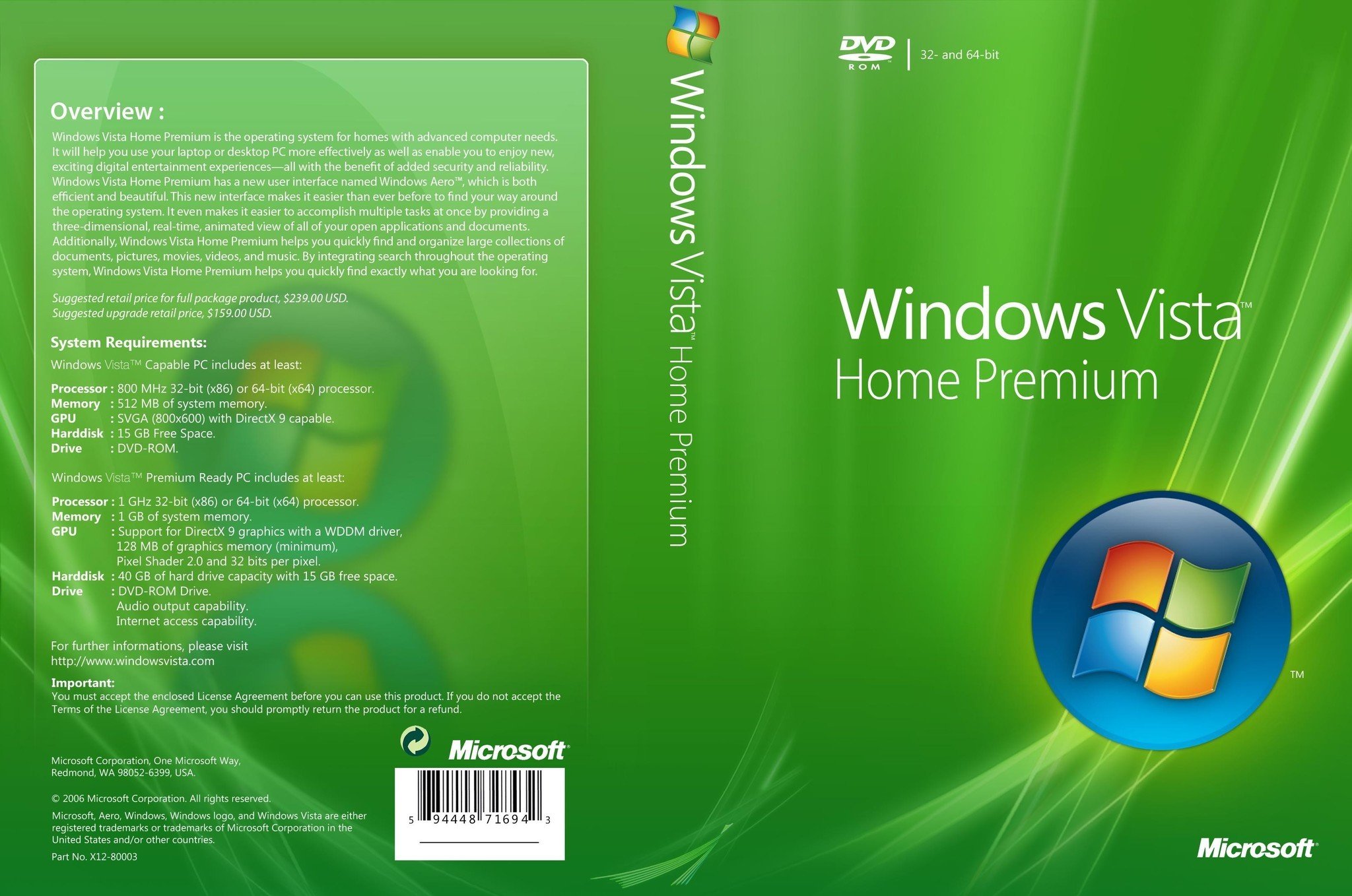
Windows Vista was not cheap. When it originally launched, Microsoft was charging almost $400 for the Ultimate edition, which is the equivalent of Windows 10 Pro today. For comparison, Windows 10 Pro is just $199, a lot less expensive than Windows Vista Ultimate was. Of course, there were lesser SKUs available, but those also weren't cheap. Vista Home Premium was $239, still more expensive than Windows 10 Pro today.
Because of this, many decided not to upgrade to Windows Vista. Windows XP was working fine, and since the press had already said Vista was bad in other areas, there was no real incentive to splash out $400 on an OS that was, according to the rest of the world, terrible.
Stability
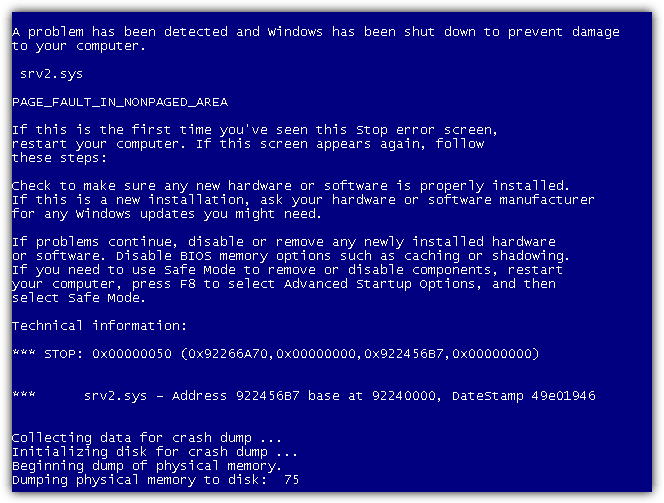
When Windows Vista originally launched, it wasn't the most stable OS due to driver compatibility problems. That, along with a lot of PC hardware at the time being subpar in regards to Vista's recommended specifications, made for an OS release that felt rough. It wasn't until Windows Vista Service Pack 1 that most of the initial teething problems Vista faced were fixed, but at that point, it was just too late.
So there you have it, five reasons to why Windows Vista ultimately failed. I personally really loved Vista, mostly because of its new Aero interface and security enhancements that make Windows secure even today. Microsoft learned a lot from Windows Vista, which made for better Windows releases in the future. In fact, all versions of Windows released after Vista are based on it. Just goes to show up important Vista is in the Windows line-up.

